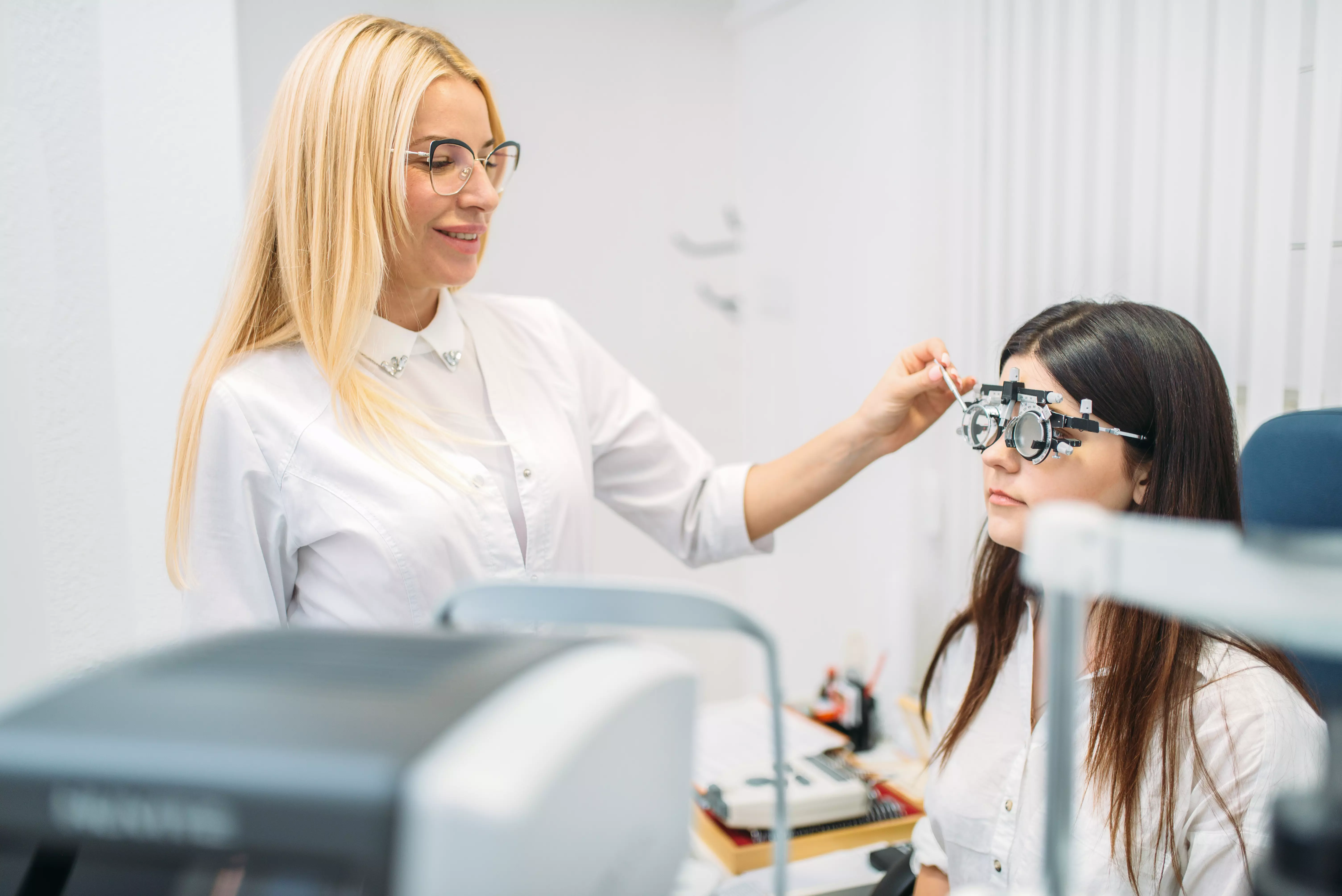Application of artificial intelligence in ophthalmic diagnostics
Artificial intelligence (AI) in medicine - not just the future, already a presence
Artificial intelligence (AI) a term we hear more and more often. Long present in various areas of life, it is now entering medicine as well. Ophthalmic diagnostics is one of the many areas where AI is playing an increasingly important role. With its advanced applications and capabilities, this technology can significantly improve the quality of patient care.
Current challenges of ophthalmic diagnostics
Ophthalmic diagnostics is constantly evolving and enables rapid and accurate assessment of eye health. However, specialists face a number of challenges. First of all, the time they are given for an individual patient is limited. The visit needs to be shortened enough to handle as many people as possible in a day.
Another challenge is the need to interpret the huge amount of data obtained during an eye examination. Specialists have to analyze a huge amount of data, such as retinal images, lab results and patient history. All this takes a lot of time and can lead to human error.
All these factors are prompting researchers and doctors to look for new solutions to help diagnose eye diseases more efficiently and accurately. This is where artificial intelligence comes in. With its advanced algorithms, this technology has the potential to significantly improve the diagnostic process.
AI in ophthalmic diagnosis
AI technology uses machine learning algorithms to recognize patterns based on the analysis of huge data sets. In the case of ophthalmic diagnostics, these algorithms can be trained using patient data such as eye photos, test results or medical histories.
With AI capabilities, more precise and reliable test results can be obtained. For example, AI systems can analyze photos of the retina and recognize characteristic changes on them that may indicate the presence of an eye disease. Such recognition can be made much faster and more accurately than by a human.
Another application of AI can be to help interpret test results. AI algorithms can accurately analyze test results and search for abnormalities that may be missed by humans. This added accuracy can be crucial in detecting early stages of eye diseases and taking appropriate therapeutic measures.
Not only patients, but also doctors can benefit from AI technology. With advanced algorithms for searching research studies and scientific articles, doctors can draw on the latest medical knowledge for better patient care.
Advantages of AI in ophthalmic diagnostics
The use of artificial intelligence in ophthalmic diagnostics provides a number of benefits. First, it makes it possible to reduce the waiting time for diagnosis and initiate appropriate treatment. Thanks to AI algorithms, the diagnostic process is much faster, which helps speed up the entire course of treatment.
In addition, AI helps accurately diagnose eye diseases at a very early stage. This, in turn, increases the chances of a patient's full recovery or effective control of the disease.
AI can also support doctors by enabling them to better understand and analyze test results. This makes diagnosis more objective and accurate.
Summary
Artificial intelligence is a technology that has great potential in medicine. In the case of ophthalmic diagnosis, AI can significantly improve the process of diagnosing eye diseases, reducing waiting times for diagnosis, accurately identifying diseases and supporting doctors in analyzing test results. With these capabilities, medical care for patients can be more comprehensive and effective.